One of the unique things about the Neustadt and NSK literary prizes is our commitment to education. Below is our growing archive of teaching curricula focused on the works of recent Neustadt and NSK Prize winning authors. Educators are free to download these materials to use in their classrooms.
Ananda Devi Curriculum

Lesson Objectives
There are four lessons in this resource packet that draw on or connect to the writing of Ananda Devi.
• The lessons are aligned to meet the Oklahoma Standards for English Language Arts, grades 9-12.
Gene Luen Yang Curriculum

Grade Level: 9-12
Lesson Objectives
• There are five lessons in this resource packet that draw on or connect to the writing of Gene Luen Yang
Because of the unique nature of graphic novels, students may develop verbal and
visual literacy through reading them. In addition, students can gain insights through Yang’s work into the unique American experience of the children of immigrants.
• The lessons are aligned to meet the Oklahoma Standards for English Language Arts, grades 6-12.
Boubacar Boris Diop Curriculum
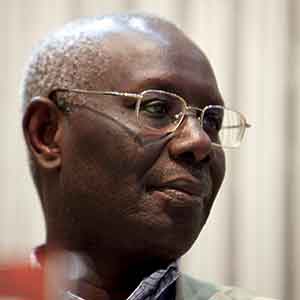
Grade Level: 9-12
Lesson Objectives
In the following resource packet, there are two lessons that draw on or connect to the writing of Diop. Lesson One is accessible for grades 8-12, while Lesson Two is designed for upper-level English classes. From writing a personal narrative on a meaningful childhood place, to exploring one’s relationship with language, to looking at the immigration experience, these lessons allow students to explore themes in Diop’s works while connecting them to their own personal lives. Appendices A & B have the stories by Diop, and Appendices C-D are grading rubrics that might be helpful with assessment. Appendix E includes Common Core and Oklahoma state standards.
All Lessons are aligned to meet the Common Core Standards for Reading (RL.9-10, RL.11-12) and Language (L.9-10, L.11-12), the Oklahoma Standards for English Language Arts, Grades 9-12, and the Oklahoma Standards for Social Studies, grades 10-12.
Cynthia Leitich Smith Curriculum
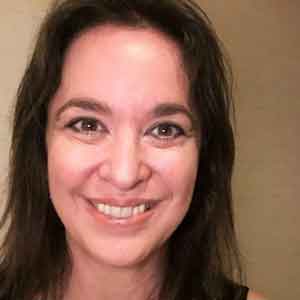
Lesson Objectives
The lesson plans in this guide celebrate the work of Cynthia Leitich Smith by having students create original pieces that show their analysis of Smith’s novel Rain Is Not My Indian Name. Students are guided through a technical process of understanding form and function in an effort to help them analyze Smith’s novel and to enjoy the story that she tells. The objectives for these lessons are as follows:
1. to be able to empathize with character(s) in a novel as a basis for analytical thinking and writing;
2. to be able to identity and celebrate the role of nonlinear narrative style, which is a common element in Native literature;
3. to be able to appreciate the Native American voice and experience;
4. to recognize the value of culturally responsive teaching and writing while celebrating one’s own unique, cultural voice.
All Lessons are aligned to meet the Common Core Standards for Reading (RL.9-10, RL.11-12) and Language (L.9-10, L.11-12), and the Oklahoma Standards for English Language Arts, Grades 9-12.
Margarita Engle Curriculum
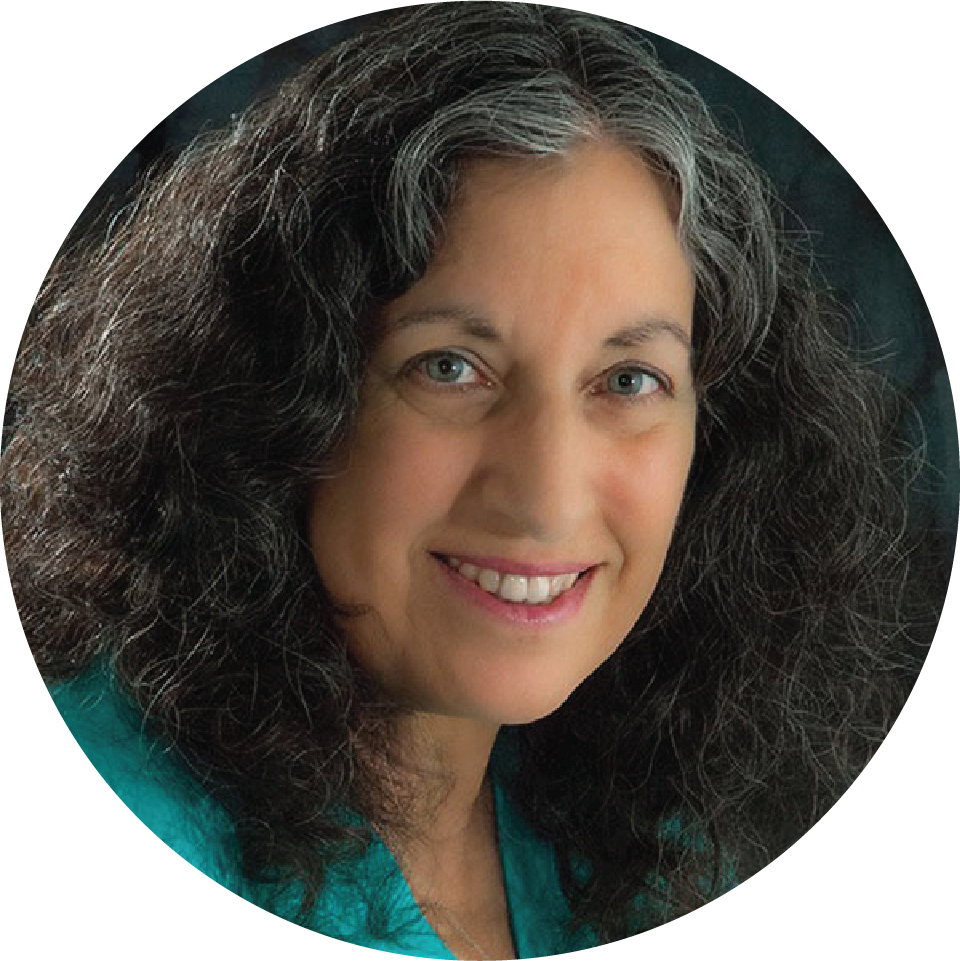
Lesson Objectives
• Pre- and post-reading activities introduce students to Margarita Engle’s writing and teach them about the form and function of poetry so that they can write their own poetry.
• The objectives for these lessons are as follows: (1) to be able to gain insight into life and the history of daily life in Cuba; (2) to be able to identity and celebrate the role that the form of poetry plays in Engle’s work; (3) to be able to appreciate the Cuban-American voice and experience; (4) to recognize the value of culturally responsive teaching and writing while celebrating one’s own unique, cultural voice.
Edwidge Danticat Curriculum
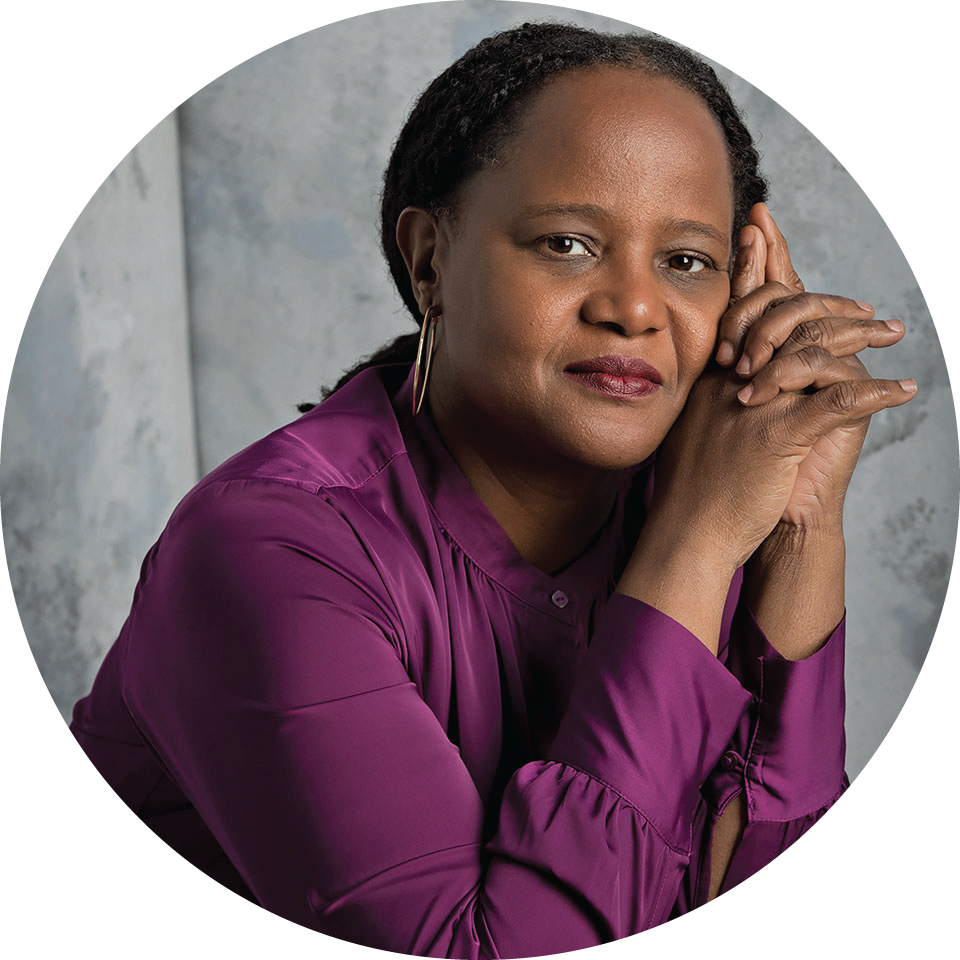
Lesson Objectives
• To be able to gain insight into daily life in Haiti.
• To be able to identity and celebrate hope in each story.
• To be able to write in response/reaction to the stories.
• To recognize the value of
culturally responsive teaching and writing while celebrating one’s own unique, cultural voice.
Marilyn Nelson Curriculum
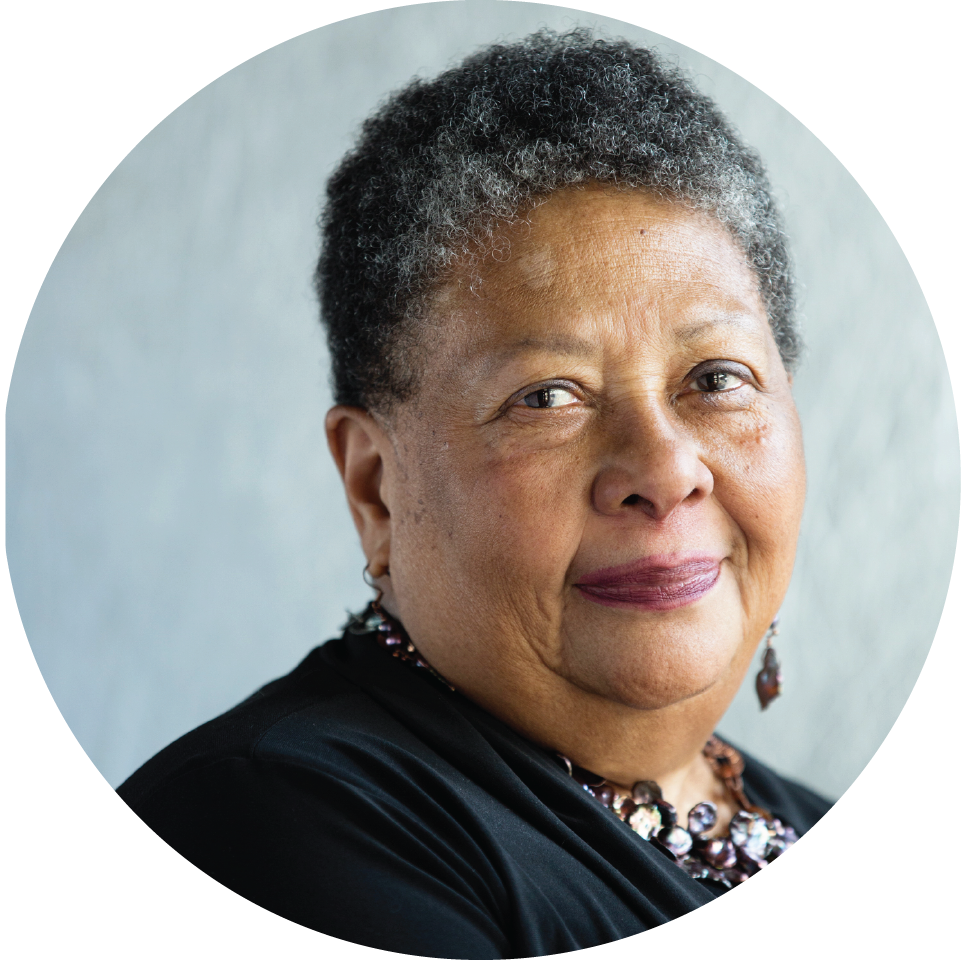
Lesson Objectives
• An introduction to a “technical” aspect about poetry. One, or more, of Marilyn Nelson’s poems are included and are to be used as a model.
• Students are guided through a brainstorming or idea-generating exercise
• The end goal for each is to inspire students write, edit/revise and publish their pieces.
Ismail Kadare Curriculum
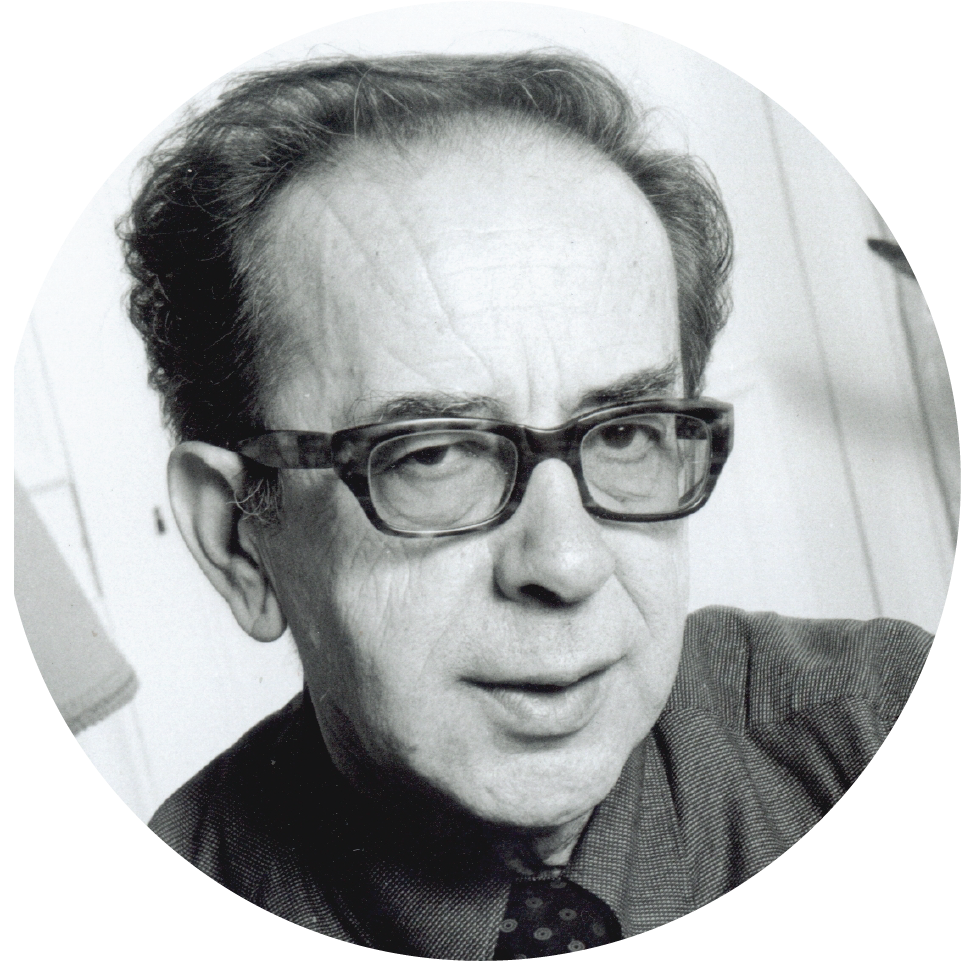
Lesson Objectives
• There are five lessons in this resource packet that draw on or connect to the writing of Ismail Kadare.
What is extremely clear and easy for readers in grades 9-12 to grasp is Kadare’s boundless curiosity, ceaseless imagination, and the optimism and faith he has in his reader.
• The lessons are aligned to meet the Oklahoma Standards for English Language Arts, grades 9-12.
Meshack Asare Curriculum
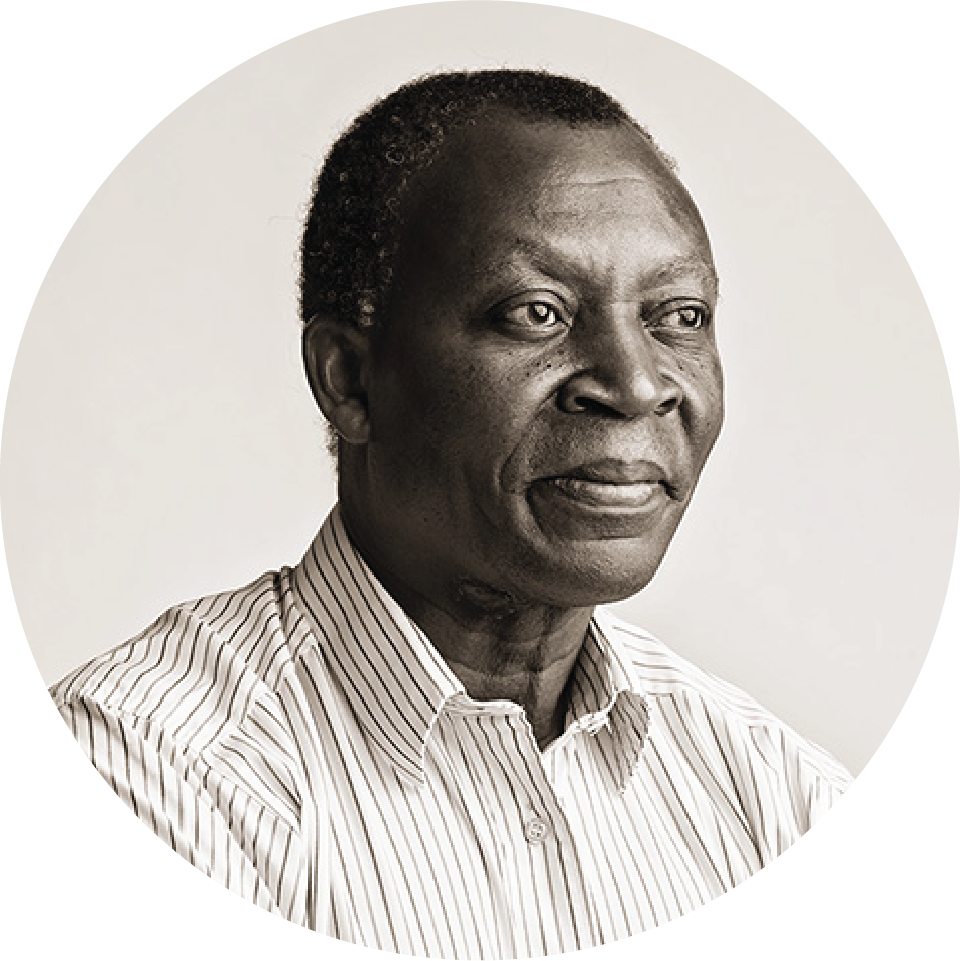
Grade Level: 5-8
Lesson Objectives
• Learn about elements of folktales.
• Have high school students read books to 4th graders and teach them about folktales.
• Have students write their own version of a folktale.
These lesson plans have been generously written and provided by educators at Colorado Academy, including Tom Thorpe, Betsey Coleman, Ali Kittle, and Stuart Mills.




